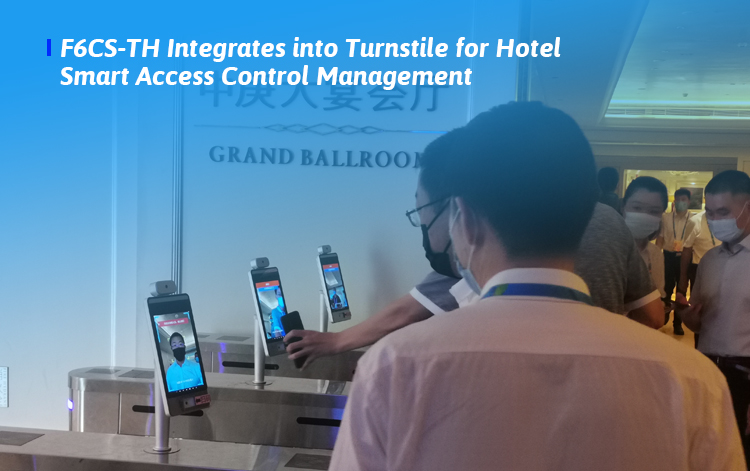When it comes to keeping your business secure, an outdated access control system just won’t cut it. And, let’s face it—traditional keycards and PINs feel increasingly clunky and inadequate in a world where biometrics offer smoother and more secure options. So how can you tell if it’s time to level up your access control system? Here are five telltale signs that a biometric access control upgrade is exactly what your business needs.
---

If you’ve been in your office for a while, you probably know the frustrations of dealing with an older access control system. The more traditional keycards or passcodes might have served their purpose once, but let’s be honest—they don’t always cut it now. Whether it’s employees losing their cards or the hassle of manually updating access codes, these systems tend to add more workload without the security benefits.
Biometric systems solve these problems by using unique physical characteristics, like fingerprints or facial recognition, that can’t be easily duplicated or lost. Upgrading makes the process not only more secure but also seamless. Imagine knowing that only verified employees can enter certain areas, no hassle with key replacements or code resets. Plus, no more wondering if that old keycard left in a drawer could still open the doors!
---
Have you noticed unauthorized people wandering around restricted areas or unexpected security breaches? It might be a sign your current system isn’t doing its job. When I worked in a company with a PIN-based access system, it was all too easy for people to share the code with colleagues, or worse, forget to log out, allowing others easy entry.
Biometric systems like fingerprint and facial recognition stop these security risks in their tracks. Each person’s unique biometric data ensures that only the right people can enter designated spaces. This single change can drastically reduce the likelihood of unauthorized access, giving you peace of mind and boosting the safety of everyone in the building.
---
High turnover is common in many industries today, and every time an employee leaves, updating or revoking access can become a time-consuming task. Keycards need to be deactivated, and PIN codes changed, especially if they were shared.
With biometric access, this process becomes much simpler. Each person has their unique biometric data, meaning when someone leaves, you simply remove their biometric profile from the system. When new employees join, you just add their data—no extra keys or cards needed. This not only saves on access control management but also eliminates the security risks associated with lost or unreturned cards.
---
Access logs are essential, especially if you’re in a regulated industry or you just want to understand how your office space is being used. However, older systems often provide minimal data and can lack the detail necessary for effective monitoring. I remember a time when we needed to track employee attendance but had only basic entry logs, which didn’t give us a clear picture of who was in the building at specific times.
Biometric systems can track not only when someone enters or leaves but also provide detailed reports that can improve both security and productivity. Advanced systems can offer insights into peak hours, track who’s accessing specific areas, and even integrate with HR systems for smoother attendance tracking. With these insights, you’re able to make data-driven decisions on office policies, staffing needs, or potential security upgrades.
---
In the wake of the pandemic, hygiene is now a top priority for most businesses. Employees want to feel safe and reduce physical contact as much as possible. Traditional systems like keypads or fingerprint scanners require people to touch a shared surface repeatedly, which can be a health risk, especially in high-traffic areas.
Luckily, biometric technology has evolved to include highly effective contactless options, like facial recognition and iris scanning. With these systems, employees simply walk up to the scanner, and the system identifies them without needing any physical contact. Not only does this help prevent germ transmission, but it also speeds up entry times and makes the whole experience feel more modern and efficient.
If any of these signs feel familiar, it might be time to upgrade to a biometric access control system. This investment in technology isn’t just about security; it’s about making your business more efficient, your office safer, and your employees happier. And with options like contactless facial recognition and detailed access reports, you’ll have a future-ready system that grows with your business.
Why keep struggling with outdated security methods when biometric access control offers a smoother, more secure way forward?